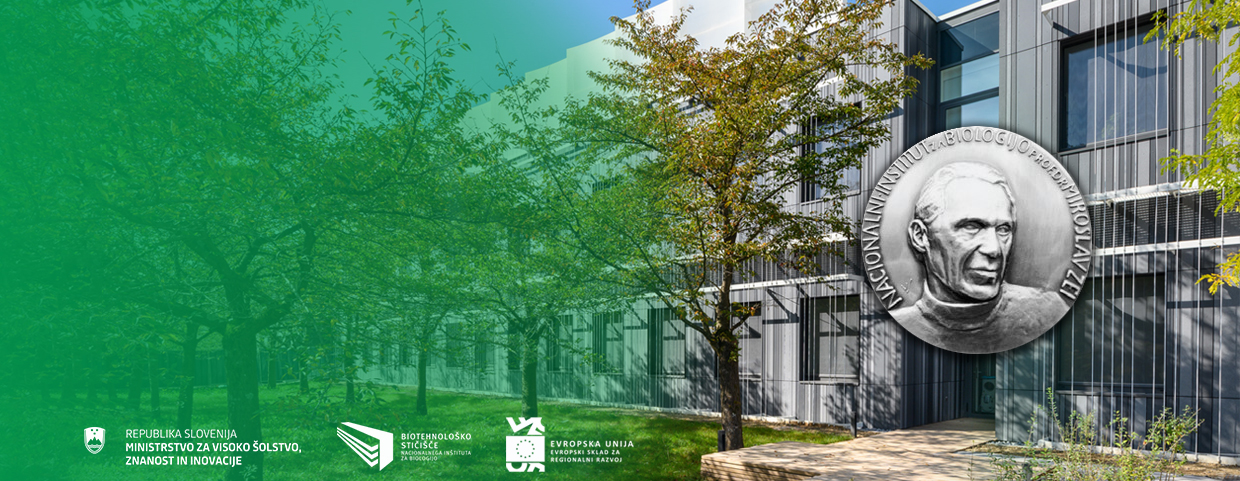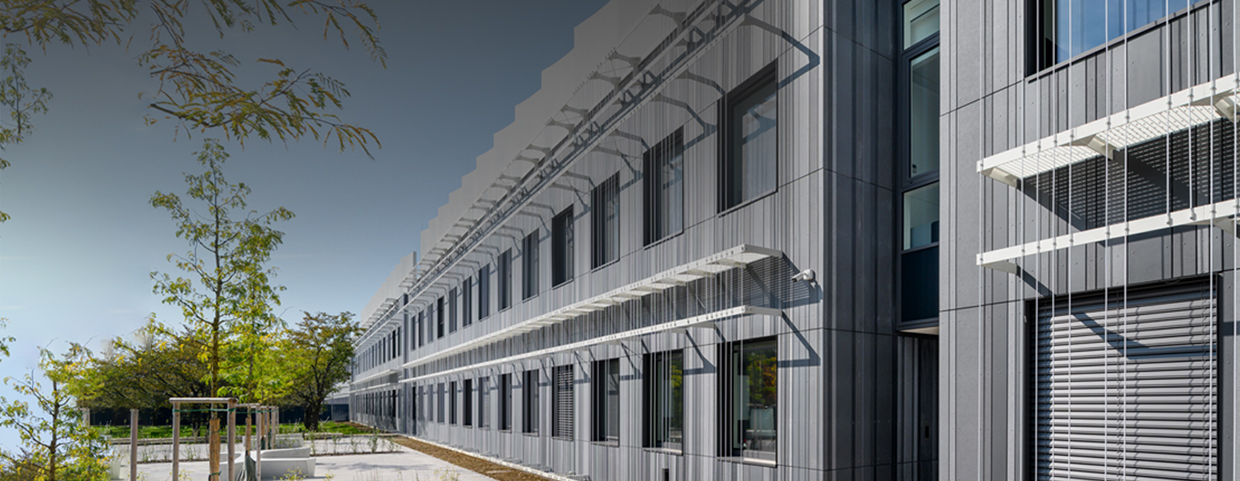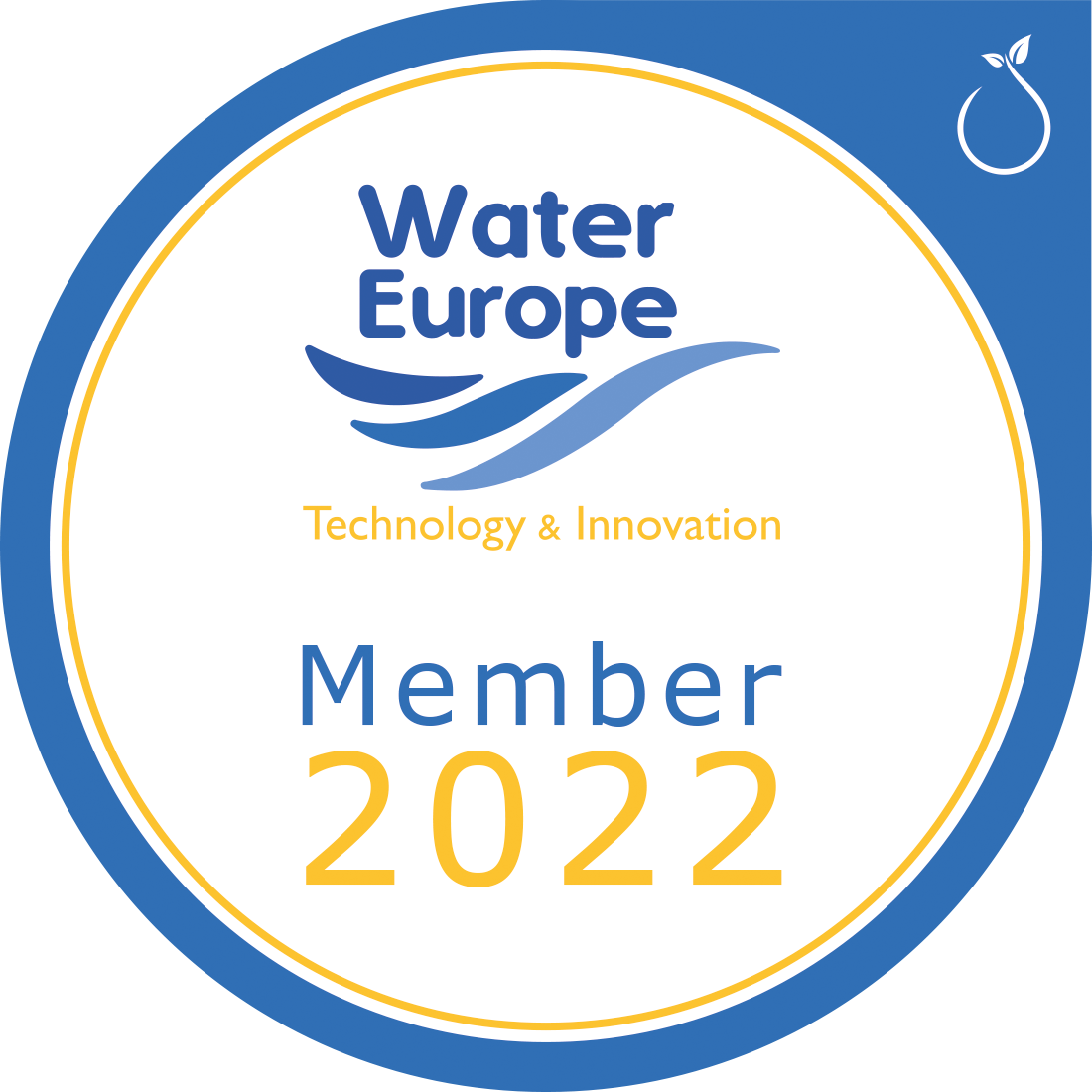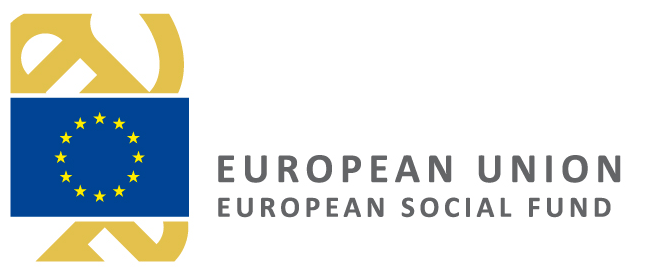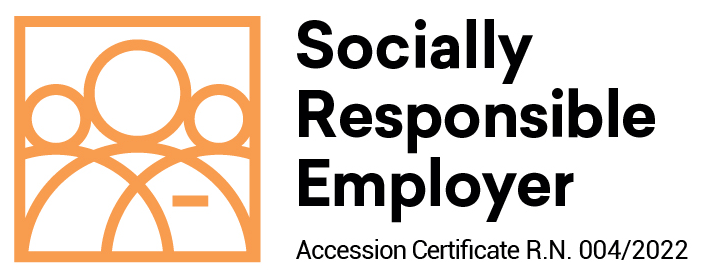13
Apr
NIB kindly invites you to attend the lecture: Prof. Dr. Wonchoel Lee "Survey on the meiofauna community in the coastal regions of Korea as a part of “National Investigation on Marine Ecosystem” (18.4.2014)
National Institute of Biology kindly invites you to attend the lecture:
"Survey on the meiofauna community in the coastal regions of Korea as a part of “National Investigation on Marine Ecosystem”
by Prof. Dr. Wonchoel Lee
Department of life science, College of natural sciences, Hanyang University, Seoul 133-791, Korea
The lecture will take place on Friday, the 18th April 2014,
at 10 a.m. in the Lecture Hall
of the Marine Biology Station, Fornače 41, Piran.
Abstract:
“National Investigation on Marine Ecosystem” is obligatory survey on the coastal marine ecosystem in Korea by the law of “Conservation and Management of Marine Ecosystem”. The survey is carried out along all over the coastal area of Korea at ten years interval by the law since 2005. The survey since 2007 includes meiofauna and continually reports information on Meiofauna community. The whole Korean coastal regions were divided to the eight regions and the eighth region is surveying currently in 2013. Until year 2012, 28 families 98 genus 200 species of copepods, 32 families 111 genus 122 species of nematodes, and 21 families 27 genus 49 species of foraminiferans were identified through the survey. Nearly 90% of the identified meiofaunal organisms seem to be new to science in the survey. The survey also reports density, biomass, and seasonal distribution of meiofauna community in Korea.
Keywords: foraminiferans, nematodes, harpacticoid copepods, Korea
About the lecturer:
Extensive research experience on marine benthic and planktonic copepods, in particular meiofaunal harpacticoids from both littoral and deep sea sediments, and hydrothermal vents and cold-seeps; collaborated works on the eco-toxicology in aquatic invertebrates and taxonomy and ecology of cave animals including terrestrial spiders and insects; resulting in 121 scientific publications in international and local journals on the systematics, ecology and phylogeny.
Kindly invited!

